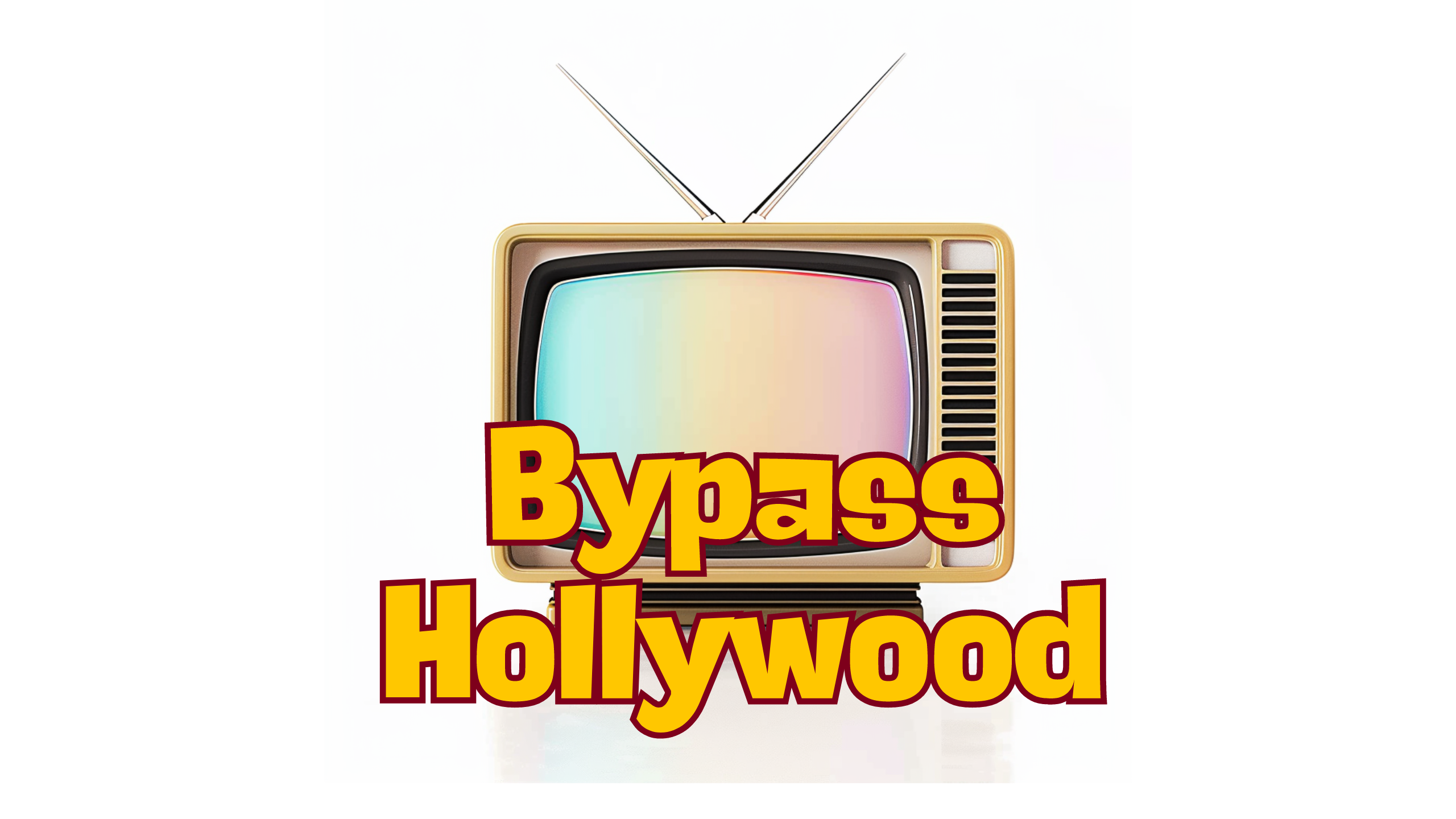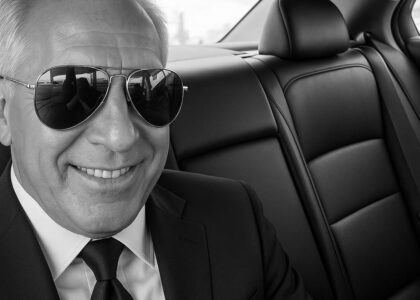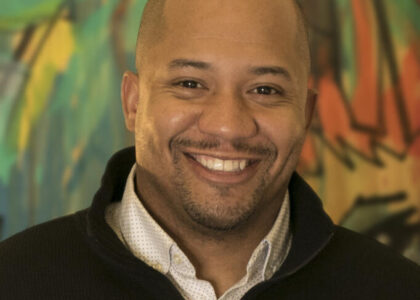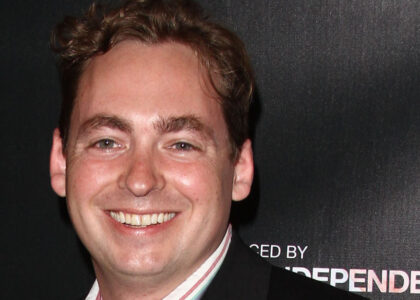

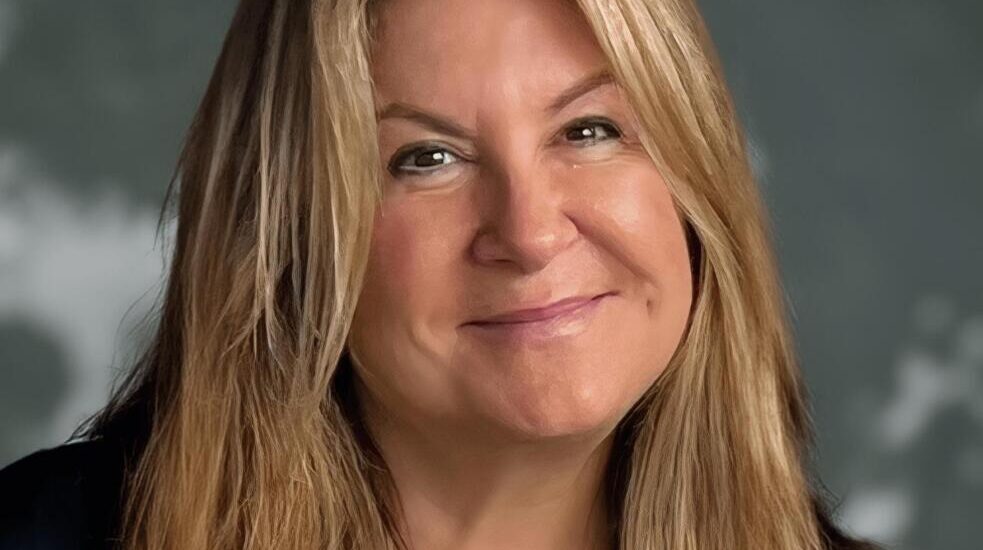
I first met Jackie Olensky while working to get one of my clients booked on The Today Show. It wasn’t long before Jackie saw something special in him—so much so that she booked him not once, but multiple times. In a world where opportunities for emerging talents can be hard to come by, Jackie has a remarkable eye for what makes someone shine on camera.
Having spent over 26 years at The Today Show, she’s seen it all—from launching careers to navigating the rapid changes in media. Now, as a media trainer, she helps others get TV-ready and thrive in an evolving landscape. Today, we’re diving into her journey, from producing for TV legends like Barbara Walters and Al Roker to her expertise in training the next generation of media personalities. Let’s get into it.
You and I met a few years ago when you booked my client, Chef Scotty Scott, for The Today Show. You booked him again and again, which we were so grateful for. What did you see in him?
Scotty had a great quality—he was approachable and nice to listen to. A lot of chefs can come off as unapproachable, but Scotty was likable, and that always caught my attention. Plus, it didn’t hurt that he was good-looking!
Let’s talk about your journey. You’ve had an impressive career. How did it all begin for you?
My first job was at MTV, and it was an amazing experience right out of college. I worked on Remote Control, a game show hosted by Ken Ober and Colin Quinn. We had guest stars like Adam Sandler, Dennis Leary, Ben Stiller, and Jon Stewart. MTV was the place where comedians, actors, and musicians got their start—it was an exciting time in television. From there, I moved on to work with Barbara Walters, and later with Kathie Lee and Regis.
You spent almost 27 years at The Today Show. How did that come about?
Funny enough, I had never seen The Today Show before I got a call about a job there. I wasn’t a morning person, and my family didn’t watch it growing up. But a friend recommended me for the position, and I figured it was time to make the jump to network TV. I started as an entertainment producer and stayed for nearly 27 years. It was a journey full of changes and new challenges.
What’s changed the most in media since you started your career, and how should people adapt?
The biggest change is the sheer volume of options out there—streaming services, social media, and 24/7 news on our phones. People don’t tune into morning or evening news the way they used to. Attention spans have shrunk, so you need to capture an audience’s attention in under a minute, often with just a soundbite.
Today, you’ve pivoted into media training. What inspired that move?
At The Today Show, I worked with a lot of people who didn’t have much TV experience. My job was to help them get camera-ready before they went on air. I realized I had a knack for it, and media training became a natural progression. I’ve worked with chefs, interior designers, fashion experts—pretty much anyone who wants to get media exposure.
What exactly does a media trainer do? How can someone who’s an influencer or wants to be on TV benefit from your expertise?
A media trainer helps people refine how they present themselves on camera. Some people are naturals, but others need help with their messaging, body language, or how to deliver what they want to say. For chefs, for example, I’ll get in the kitchen with them, act as the host, and guide them on how to explain their dishes in a way that’s engaging. It’s about making them feel comfortable and camera-ready.
If I’m just starting out—say, I’m a mom blogger or a corporate executive—what are three tips you’d give me to be TV-ready?
First, get comfortable in front of the camera. Record yourself over and over until it feels natural. Second, avoid having a rigid script in your head—it trips people up. And third, relax and have fun! Viewers want to see someone who’s enjoying what they’re doing.
Let’s talk about messaging. Why is it so important to have a clear message when appearing on TV or any media platform?
You have one shot to get your message across. If you miss that opportunity, you’ve essentially wasted your time. Your message needs to be clear, natural, and sincere. Rehearse it enough to feel comfortable, but don’t become robotic. You want it to feel authentic.
For those who don’t have a publicist but want to get on national television, how can they make that happen?
Build followers. Whether on Instagram, TikTok, or any platform, get noticed by putting out content consistently. If that’s not working, tweak what you’re doing until it catches on. Producers are always looking for engaging personalities with a following. If you don’t have a publicist, send clips of yourself directly to a show like The Today Show. If you’re good, you’ll get noticed.
What if I’m a smaller influencer, but I think I’ve got what it takes? Should I reach out to producers directly and say, “Hey, I’m great! Here’s my link and I have X amount of followers”?
Absolutely. Producers are always on the lookout for people who are going viral. Sometimes, all it takes is a good clip to get on their radar. We once put a veteran who loved to grill on the show—he didn’t have a publicist, just a great story. So yes, you should reach out. You never know what might happen.
So, how do you craft the perfect soundbite?
Be concise. Less is more. And make sure it’s something with personality or a unique perspective. It’s impossible to predict what will go viral, but if you have an opinion and can say it succinctly, you have a better shot.
For those who want to work with you, how can they get in touch?
I’ll soon have a website with a landing page, until then you can reach me on Instagram @jackieolensky. When someone contacts me, I first ask what they’re looking to achieve. Everyone’s needs are different. Some might want help with a speech, others with a TV appearance. I tailor my sessions based on their specific goals.
